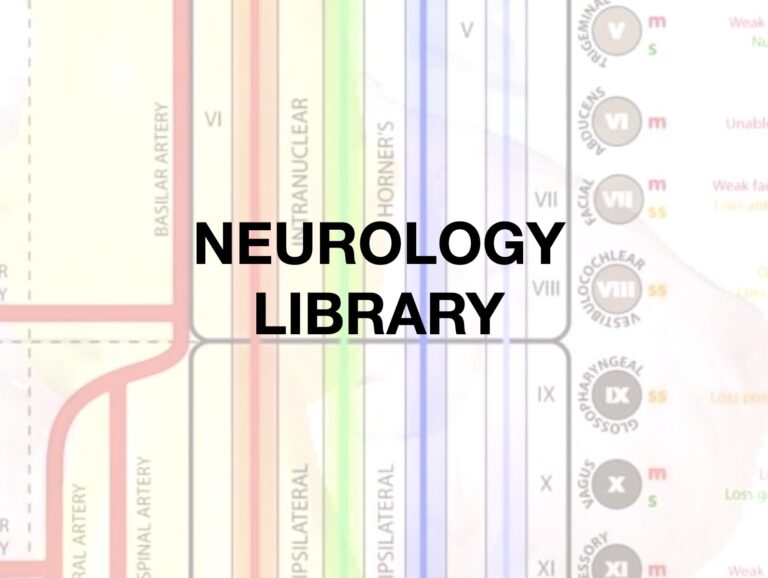
Headache triggers
Headache triggers. Help your patient identify the key food and non-food triggers that can contribute to their headaches

Headache triggers. Help your patient identify the key food and non-food triggers that can contribute to their headaches

Keep a Headache diary. Helping your patient to identify factors that contribute to their headaches might help reduce the severity and frequency of their headaches.

Taking a great headache history. Often, there may be symptoms before, during, or after the head pain, which the patient does not associate with their headaches.

Perhaps the most important aspect of headache care is accurately diagnosing your patient’s headache type.

The International Headache Society defines neuralgia as a pain in the distribution of a nerve or nerves, presumed to be due to dysfunction or injury of those neural structures.
Louis Auguste Queyrat (1856-1933) was a French Dermatologist and syphilologist. Erythroplasia de Queyrat (carcinoma in situ of the glans)

Secondary headaches are, by definition, due to associated medical conditions. Let’s take a look at three severe conditions, often associated with headache

Lung Ultrasound Examination looks for pulmonary pathology including acute pulmonary oedema, pneumonia, pleural effusion, pleural abnormalities such as pneumothorax

A 65yo man presents with progressive drowsiness and confusion with a 1-week duration of dull headache. A CT brain is performed

Secondary headaches are, by definition, due to associated medical conditions. Let’s take a look at three severe conditions, often associated with headache

Similar to primary thunderclap headaches, secondary thunderclap headaches are defined as sudden onset headaches that achieve maximal intensity within one minute.

The temporomandibular joint (TMJ) is often affected by intraarticular dysfunction which can lead to an abnormality in the way the teeth meet